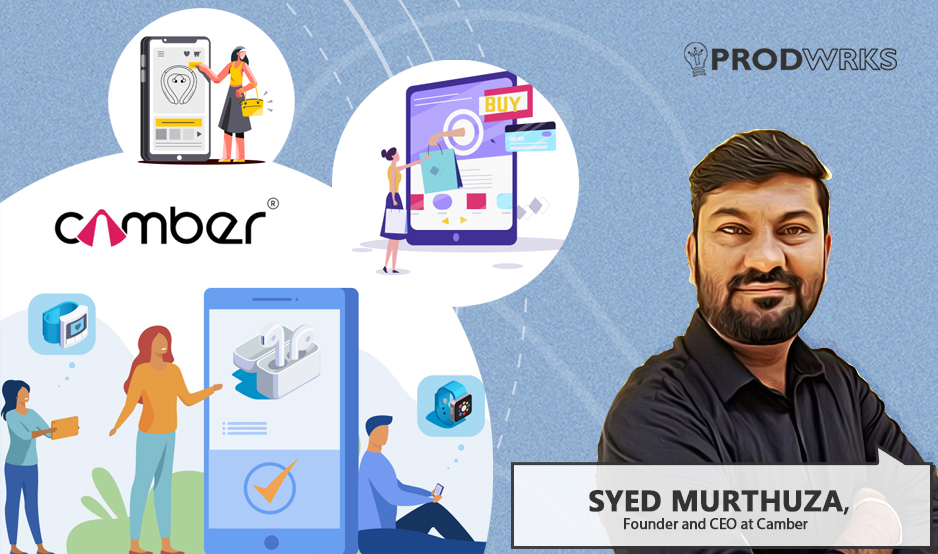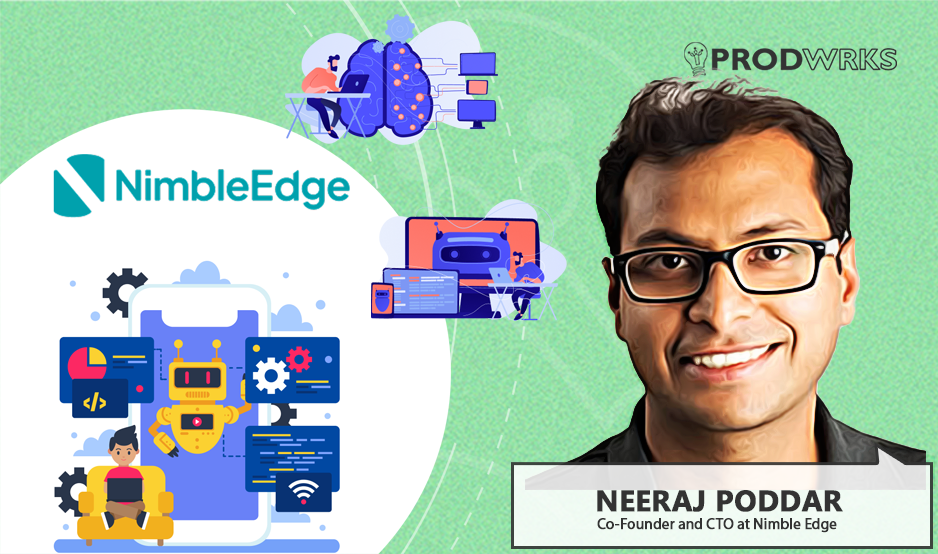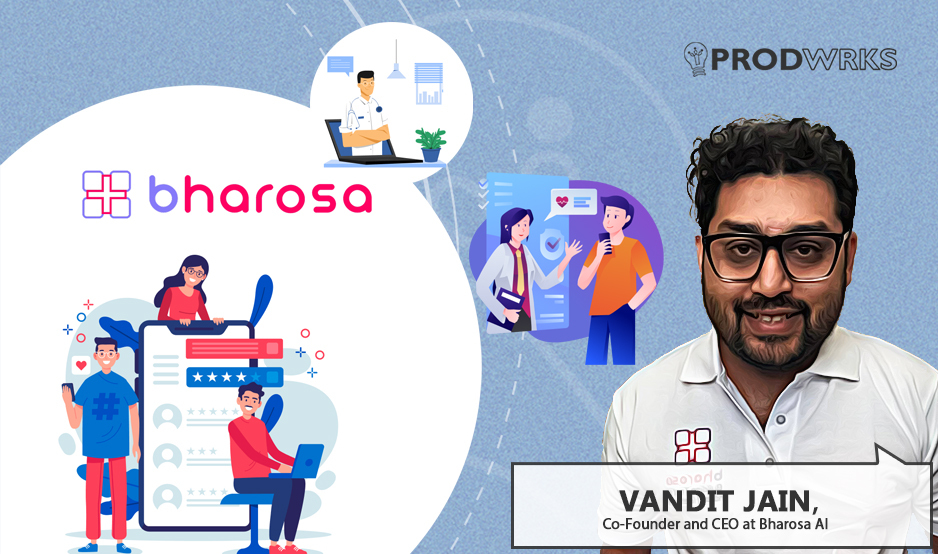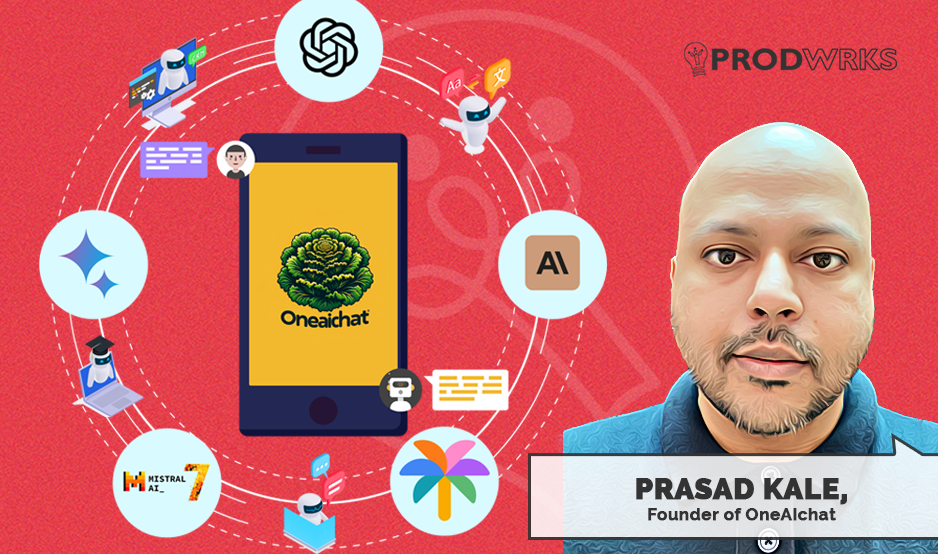
GenAI tools are exploding across the market. ChatGPT excels in text-to-text generation, Ideogram is leading in image generation, and Beatoven.ai turns texts to tunes. Then there’s Mistral, Cohere, Gemini, Claude, and the list goes on.
But here’s the catch. With over 2,000 tools in the Gen AI market, finding the right tools for a specific use case or intended output is like searching for a needle in a haystack. Users will have to log into countless platforms, juggle multiple subscriptions, and constantly switch between various tools just to get their work done.
OneAIChat, founded by Prasad Kale is a one-stop solution for this problem. It is a multi-modal AI aggregator that brings various GenAI models together under one platform and a single subscription priced between Rs. 1,099 (daily plan) and ₹80,999 (annual plan).
Prasad shares that the idea behind OneAIChat comes from his firsthand frustrations managing multiple GenAI subscriptions. “So I thought, why can't we have a unified platform where I can use all my favorite AI tools–the best of the best for generating text, videos, images, or audio–without switching between services?”
Making Enterprise-Grade AI Accessible to Everyone
The OneAIChat platform is designed to serve the needs of a diverse set of users, primarily independent professionals, students, and small businesses owners and managers who often lack the infrastructure or budget for high-end, enterprise-grade AI tools.
Prasad explains “OneAIChat is built on that principle—it’s going to be enterprise-grade. So even if you don’t have the infrastructure, even if you are a one-person company, you just need a laptop, internet, and a browser, and One AI Chat will do the rest for you.”
He also shared insights into the primary user segments of OneAIChat. Here’s the breakdown:
1. Independent Consultants & Gig Workers: One of OneAIChat’s largest user bases comes from the gig economy—individual consultants (ICs), freelancers, and independent contributors. This includes:
- Marketers, researchers, and financial service providers working on contract-based projects.
- Chartered accountants (CAs) and lawyers managing multiple clients independently.
OneAIChat enables these professionals to increase productivity and operate efficiently without the need for enterprise-grade infrastructure—just a laptop, internet, and browser.
2. Students and Learners: Another major segment comprises students and learners from academia and research who lack access to expensive AI tools typically available in large enterprises. OneAIChat provides them with enterprise-grade AI capabilities, helping them work seamlessly without heavy investment in technology.
3. Multimedia Content Creators: A niche but growing segment for OneAIChat is content creators, particularly those producing music, videos, and digital media. The platform’s multimodal AI capabilities enable them to generate high-quality creative outputs with ease.
4. C-Suites and Managers in Enterprises: The platform also caters to leaders in enterprises who require AI-driven insights for decision-making. For instance, CFOs, COOs, and VPs can use the platform for financial analysis, strategic planning, and improving operational efficiency. Mid-level managers in enterprises from various industries can utilize AI-driven insights to optimize workflows.
Why a Fragmented GenAI Market Is a Problem
“To give you a good example—imagine you want to shop online. If there’s no Amazon, you’ll go to a clothing website to buy a top, then visit a footwear website to find the right pair of shoes, and later head to an accessories website to purchase a belt. Next will be groceries, household essentials, and more from different websites. How difficult would your life be?”
Amazon offers the convenience of unifying the entire shopping experience under one roof. Prasad predicts that’s exactly where AI is heading as well. We will see more foundational models specializing in image, text, voice, and video deployed in the future.
“The need for generative AI will be scattered in the next four to five years, and we want to be the Amazon—a supermarket for AI models, where you come, pay one subscription, and access everything,” he declares.
‘Somebody’ Aggregates All AI Models
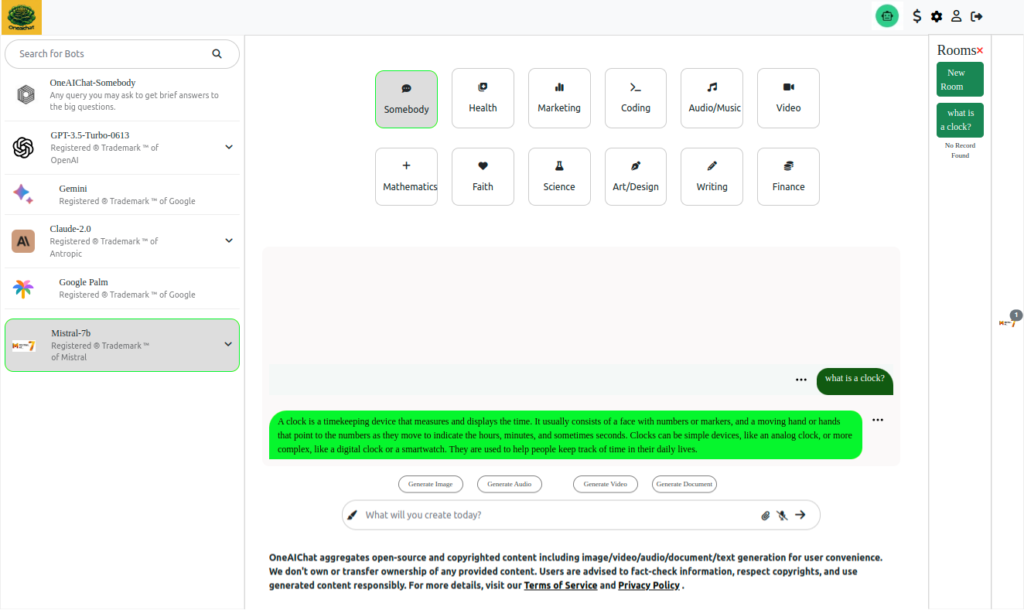
“You can ask ‘Somebody’ anything you want and it’s capable of generating multi-modal results by tapping into relevant AI models based on the user’s prompt. For instance, if you ask Somebody a query, it can generate answers with a mix of Llama or Mistral AI models. We have created the R&D infrastructure where we can merge a few models to give you the result. That's our offering for the users.”
Focus Categories for Professionals and Power Users
Somebody also incorporates 11 specialized ‘Focus Categories’ for professionals and power users: Health, marketing, coding, faith, mathematics, video, finance, design/art, science, music/audio, and writing.
“They can select any one focus category for a more accurate and relevant result for their use case. Each category is built on proprietary data and expert models, ensuring that responses are relevant to the field,” says Prasad.
“A doctor can ask, ‘How should I operate on this patient with this condition?’ or a patient can enquire, ‘I have a rash on my left hand’—and the AI will give focused, relevant answers."
Multimodal AI Is the New Norm
Prasad explains "One of the challenges was obviously building Somebody. We were going with a traditional model using open-source and proprietary data. But we then took a pivot, making Somebody multimodal. That means generating images and everything."
Prasad explains “The future of AI is going to be multimodal. Users will not just ask questions and expect text answers. They will expect responses in the form of videos and illustrations too.”
Trust and Value Creation are OneAIChat’s Moat
Prasad recalls, "It takes months to build these relationships. With Ideogram, it took four months—they had to vet the company, vet me, and go through their internal processes before granting access to their API’s for image generation. Beethoven was similar. We had to explain what we were building, earn their trust, and ensure they were comfortable partnering with us.”
He says, “Most professionals who understand AI and who will be using AI efficiently in the future will be using paid versions of it because there is a huge gap between pro and non-pro versions.”
The full experience of OneAIChat will be available with the paid subscription, which ranges from Rs. 1,100 (daily plan) to Rs. 81,000 (yearly). Subscribers get unlimited free access across 10 or more tools and AI models that they can select.
He says their biggest differentiator is the ‘Daily’ plan. According to Prasad, users often come to pro-GenAI models like ChatGPT Pro for specific tasks and don’t need them for a full month. So, now they don’t have to subscribe to multiple platforms and pay $200+ for a full month when they only need it for a day or two.
“The 'Daily' plan is definitely a value in terms of money. If you are a c-suite or a high-level manager or even an individual with an important interview or meeting tomorrow, then paying 1000 rupees to a platform that gives you access multiple pro-versions of AI models and gives you the best results in time-crunch, is a no-brainer.”
“DeepSeek caught up with OpenAI by building on existing models. As you get creative in AI, the existing infrastructure will basically create a lot more opportunities if you are creating in to build on top of that and not build from scratch," says Prasad.

